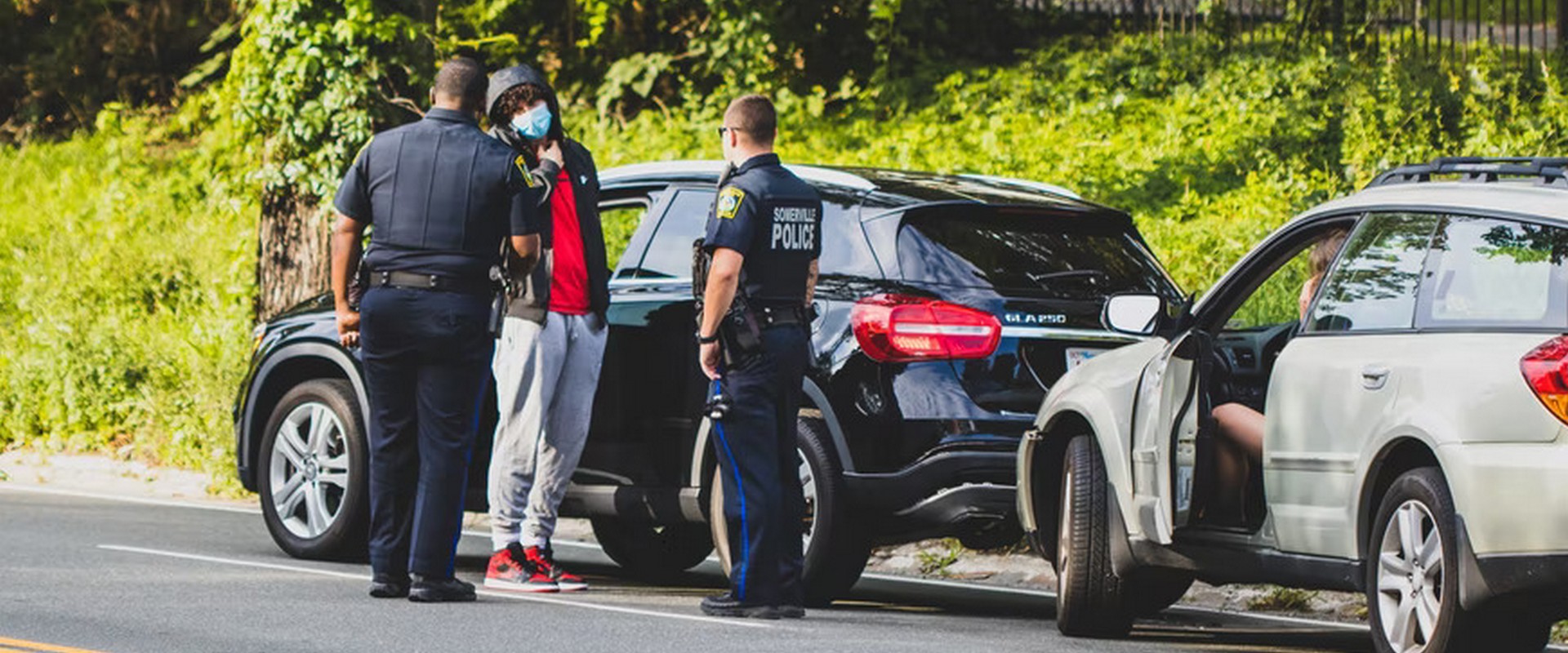What are the most common types of auto insurance policies?
Auto insurance is one of the most important parts of a car owner's life, providing a financial safety net against a wide variety of mishaps. While accidents, theft, and vandalism can all wreak havoc on an individual's peace of mind, insurance plans are specifically designed to alleviate the burden of these occurrences. Although it is one of the most heavily marketed services in the world today, many people surprisingly know very little about what different types of auto insurance plans are available to them. Being aware of the various auto insurance policies on the market will better prepare an individual to choose the best plan for them.
Liability - The Foundation of Auto Insurance
The most basic auto insurance plan available is liability coverage which helps at-fault drivers pay for any physical injuries or property damage they cause to another motorist in an accident. Liability coverage is a legal requirement in 48 of 50 states, and drivers who choose to operate a vehicle without this form of auto insurance can face fines, jail time, and loss of license. One of the most common current examples of a liability plan offered by insurance companies is a 50/100/50 plan. In this plan, an insurance company will pay for medical costs up to $50,000 per person, $100,000 for total medical costs in an accident, and $50,000 in vehicle or property damage. The average yearly cost for liability coverage ranges from around $500 to $1150 depending on the insurance provider.
Uninsured and Underinsured
About 1 in 8 drivers in the United States actively drive with no form of auto insurance, with many more possessing policies that are woefully inadequate to cover their needs. Unfortunately, a motorist may have to cover some of their medical bills and/or vehicle damages if the opposing at-fault driver has no insurance policy and cannot pay the cost. Uninsured and underinsured coverage helps to pay for these costs when the at-fault driver has no form of insurance, or their insurance doesn't cover all the damages incurred.
Comprehensive
Comprehensive coverage helps to pay for vehicle damages arising from non-collision incidents such as theft, fire, or vandalism. It also assists drivers in paying for costs associated with hitting animals, such as deer and bears. Comprehensive is especially important for those who have recently purchased a new vehicle or own a high-value car, such as a sports car or antique model.
Collision
Collision coverage helps to pay for any damages to a vehicle in an accident, whether or not the vehicle is considered at fault. A car owner's collision coverage differs from their liability coverage, in that collision coverage pays for the owner's vehicle damages, while liability coverage pays for the opposing vehicle's damages. It also covers any damages incurred by a vehicle striking an object such as a fence, telephone pole, mailbox, or guard rail.
Medical Payments
While an opposing driver's liability coverage is responsible for covering medical costs, most plans have limitations that can often fail to pay for all expenses in more serious accidents. Medical payments coverage gives a motorist an added layer of financial protection for large medical bills above and beyond the scope of an opposing at-fault driver's liability coverage. It helps cover certain costs like EMT and ambulance fees, hospital visits, surgery, and professional nursing care.
Personal Injury Protection
Personal injury protection, like medical payments coverage, can help pay for different medical costs suffered by a motorist. However, this type of protection also assists in reimbursing individuals for lost wages from time away from work due to the accident. It covers a person even if they are a passenger in another individual's car.
